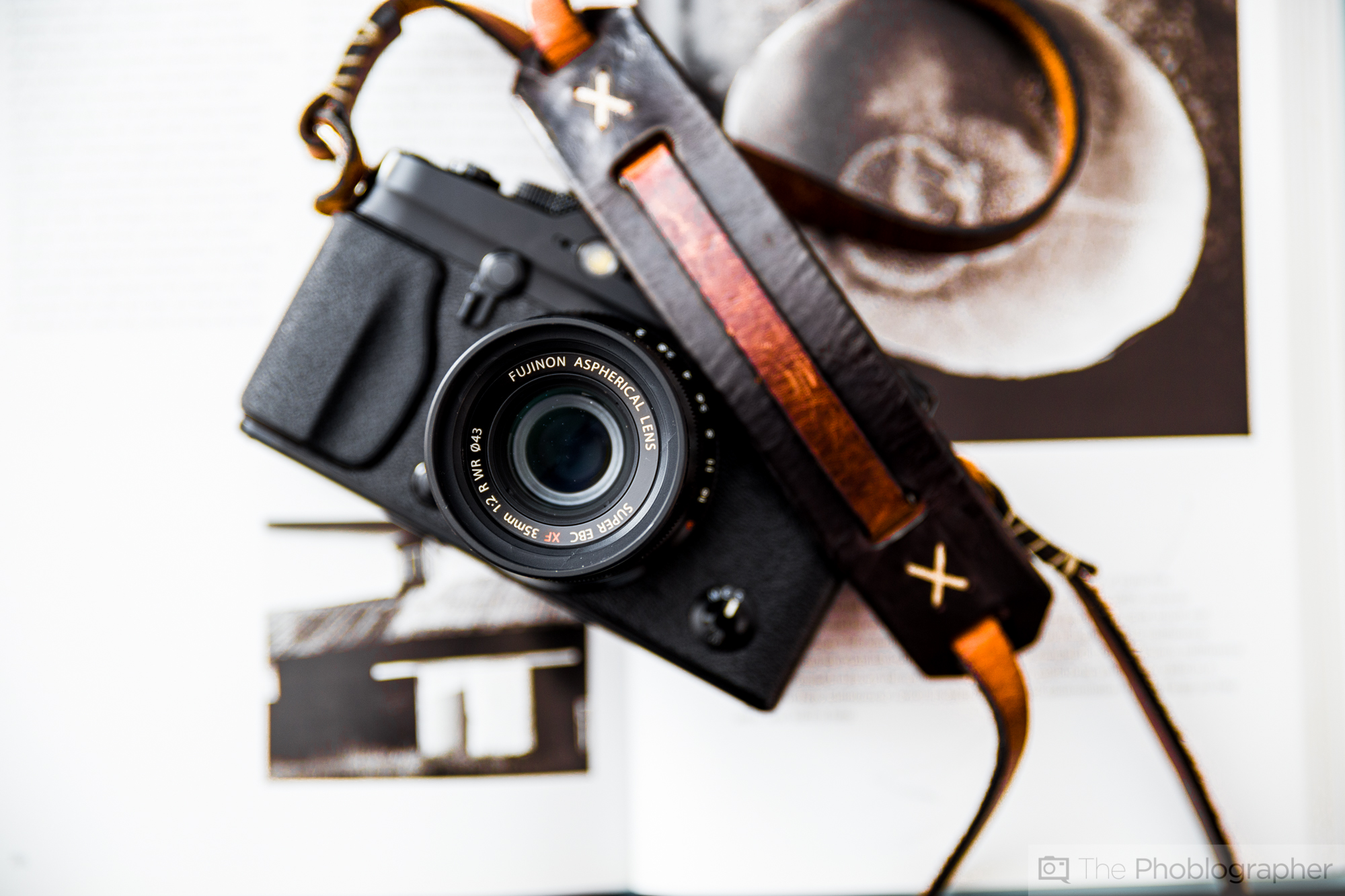Last Updated on 04/13/2023 by Chris Gampat
Fujifilm shooters are spoiled for choice when it comes to great prime lenses, even more so when it comes to affordable Fujifilm primes lenses. Perhaps the question we get asked the most, though, is ‘which lens should I buy between the Fujifilm 23mm f2 and the Fujifilm 35mm f?’ These lenses may seem quite similar, but they are each suited to slightly different genres of photography. After the break, we will take a quick look at the similarities and the differences between the two lenses so that you can make a better decision about which one is right for you.
These two great Fujifilm prime lenses may seem similar, but their applications are much different.
Let’s just start off by saying that both of these Fujifilm prime lenses are outstanding at what they do. What’s even more incredible is just what you are getting for the low cost of these lenses. No matter which one you pick, just know the money you drop ($449 for the 23mm and $399 for the 35mm) will be well spent. Before we get into what makes these lenses different, let’s take a quick look at some of their similarities.
Table of Contents
They’re Cut From the Same Cloth
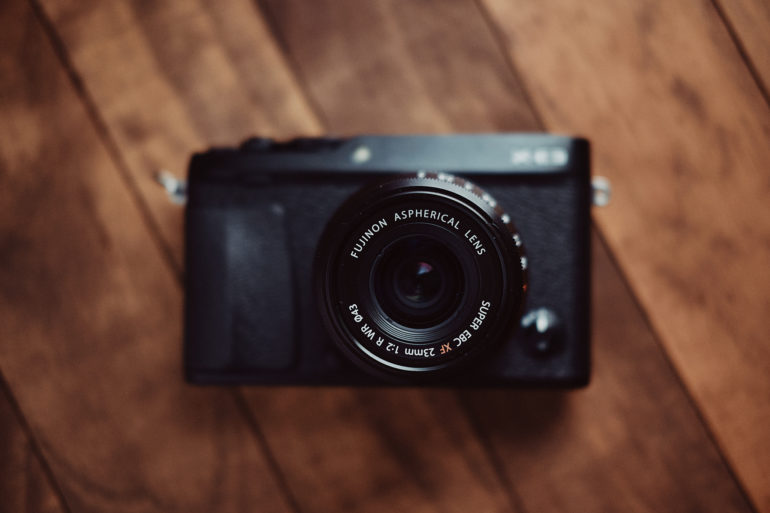
Both the Fujifilm 23mm f2 and the 35mm f2 have great build qualities. These small, lightweight primes will stand the test of time thanks to their metal housings and their weather sealing. That’s right, both of these fast primes are weather-sealed, and that’s not usually the case with cost-effective lenses. You’ll also find that both of these lenses have Fujifilm’s iconic aperture wheel as well, which makes them fun to use and very intuitive.
Lightning Fast Focus
Both lenses are speed demons when it comes to focusing. Back when the 35mm f2 launched, we called it the fastest focusing lens in the entire Fujifilm lineup, and even still today, this five-year-old lens is ridiculously fast. The 23mm f2 is just as good when it comes to focusing. Attach it to any X series camera, and you will not believe how quickly it will obtain focus. No matter what you shoot, no matter what light you shoot in, you will get incredible performance from these lenses.
They Have Top Quality Optics
One area where all Fujifilm prime lenses excel is in the optics department. The 35mm f2 and the 23mm f2 are capable of producing images that make the most of Fujifilm’s X-Trans (and Bayer) sensors. You’re going to get sharp images with gorgeous colors, and both lenses can produce nice bokeh. You won’t to be left wanting more from these lenses when it comes to image quality.
They’re Both Affordable
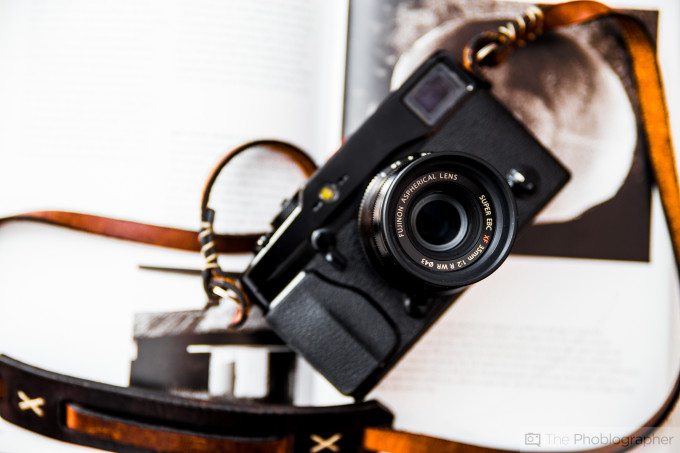
You might think these two Fujifilm prime lenses cost a small fortune seeing as they both have so many great qualities, but you would be wrong. Both lenses are very easy on the wallet. The Fujifilm 23mm f2 R WR is just $449 and the 35mm f2 R WR is only $399. It’s hard to find lenses as good as these two with prices this low.
Okay, so we have taken a look at what makes these Fujifilm prime lenses so good, but how do you decide between them? It really comes down to what you want to do with them. Let’s break down where each lens excels.
The Fujifilm 23mm F2 R WR
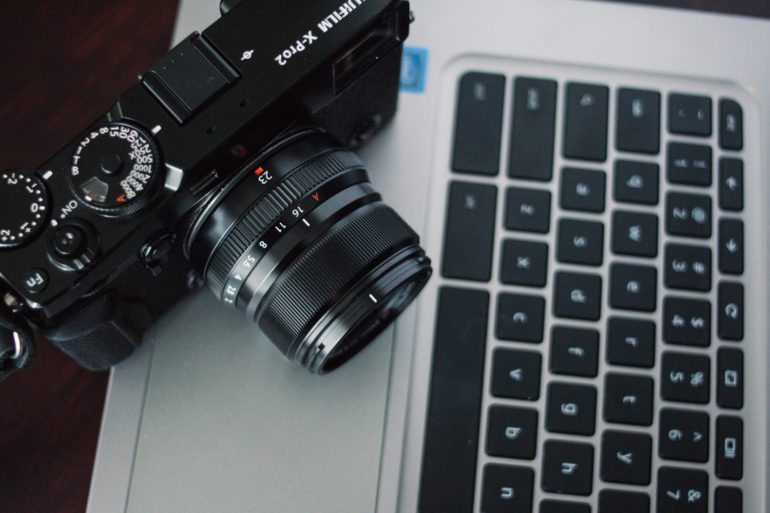
As you know, you can use any lens to shoot just about any genre of photography that you want, but each focal length really excels at certain things. The Fujifilm 23mm f2, which has an equivalent focal length of 35mm on Fujifilm APS-C cameras, is an incredibly versatile lens.
The 35mm focal length is loved by many thanks to its versatility and its sheer amount of applications. Couple this versatility with the great pros we have listed above, and you will find that you have one seriously capable lens that’s a delight to use.

You can use this lens for travel photography, event photography, wedding photography, street photography, environmental portraiture, photography in tight spaces, group shots, product photography, food photography, landscapes, and documentary photography with ease. The 35mm focal length gives a natural field of view that really mimics what we see with our own eyes, so images are very pleasant to view. Thanks to the fast aperture of this lens, you can create some bokeh when you get nice and close to your subject, and you will be able to shoot in low light situations easily as well.
We wouldn’t use the Fujifilm 23mm f2 for standard portraiture because, at 35mm, you’re going to get some level of distortion in facial features. This is something you will notice a great deal if you want to create subject separation because you’re going to have to get really close to your subject. And let’s face it; nobody wants to see distorted facial features.
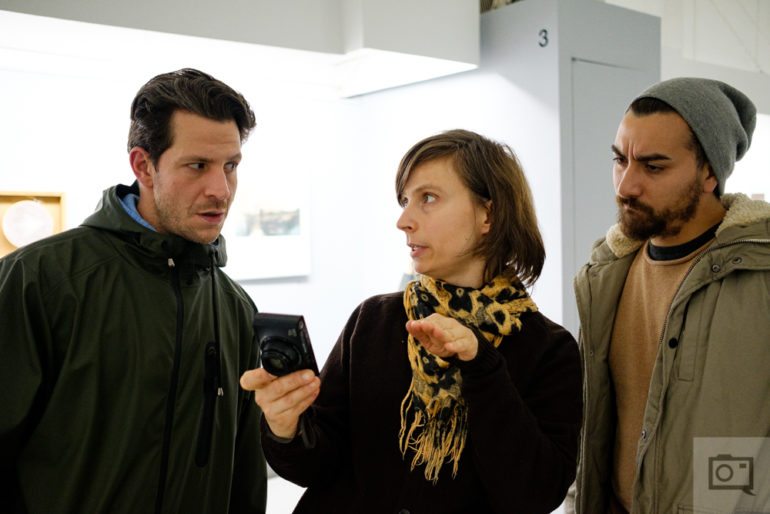
We have talked in great detail before about why 35mm (and 35mm equivalent lenses) are so amazing, and we still say it today. The 35mm focal length is one of the most well rounded you can buy. Remember, the Fujifilm 23mm f2 will have an equivalent focal length of 35mm. If you want just one lens that you can attach to your camera and head out the door with, knowing that you’re good to go no matter what comes your way, pick up the Fujifilm 23mm f2 R WR. You will not be disappointed.
The Fujifilm 35mm F2 R WR
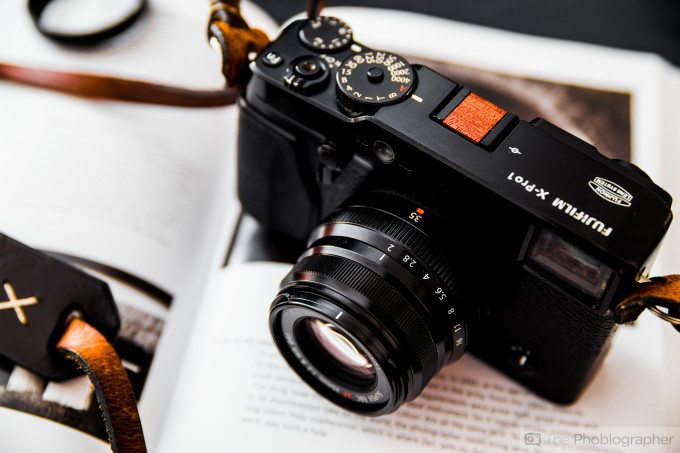
The Fujifilm 35mm f2 R WR is a little bit more specialized than the 23mm f2. Sure, you can use this lens for some of the same genres of photography as the 23mm, such as street photography, event photography, travel, and documentary work, but where this lens really comes into its own is with portraiture. Thanks to the crop factor that APS-C cameras give us, the Fujifilm 35mm f2 will have an equivalent focal length of 50mm. That’s right, the Fujifilm 35mm f2 is pretty much a nifty fifty when used on Fujifilm X series cameras.
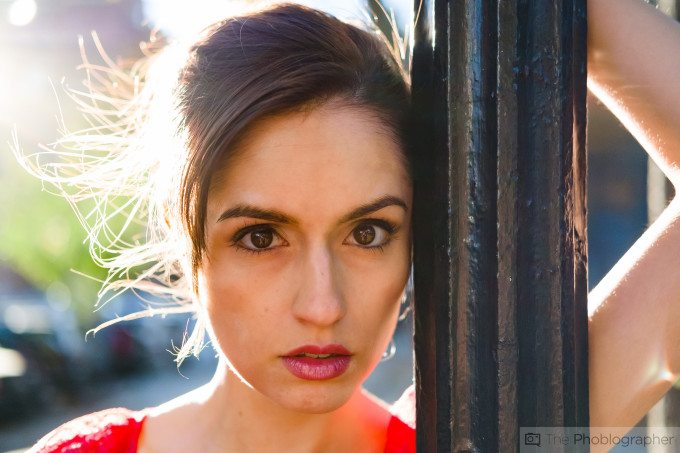
The extra mm’s of focal range means that this lens will give you a slightly tighter field of view, which means that not as good for indoor work in tight spaces, nor is it as good as capturing say groups of large people at a weddings or events. It is, however, fantastic for capturing half-length, 3/4 length portraits, and even headshots. The 50mm focal length almost completely eliminates facial distortion, and because of this, you can get closer to your subject, and you can create some of the delicious bokeh we all crave from time to time.
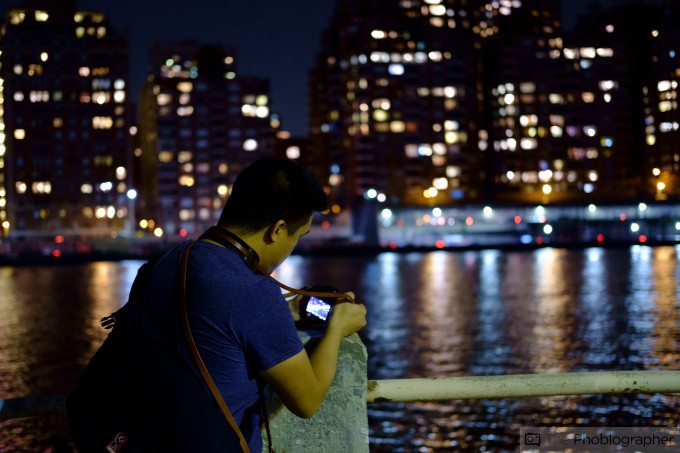
Now, don’t get me wrong; the Fujifilm 35mm f2 is still a versatile lens, but it’s not as much of a jack of all trades lens as the Fujifilm 23mm f2. You can attach the 35mm f2 to your camera and go on photo walks, shoot some landscapes, and document what is going on around you, but you will be just a little bit more limited. If you plan on doing portraiture and only a bit of street photography, for instance, we would recommend the 35mm f2 over the 23mm f2. You will be far happier with your choice.
Final Thoughts
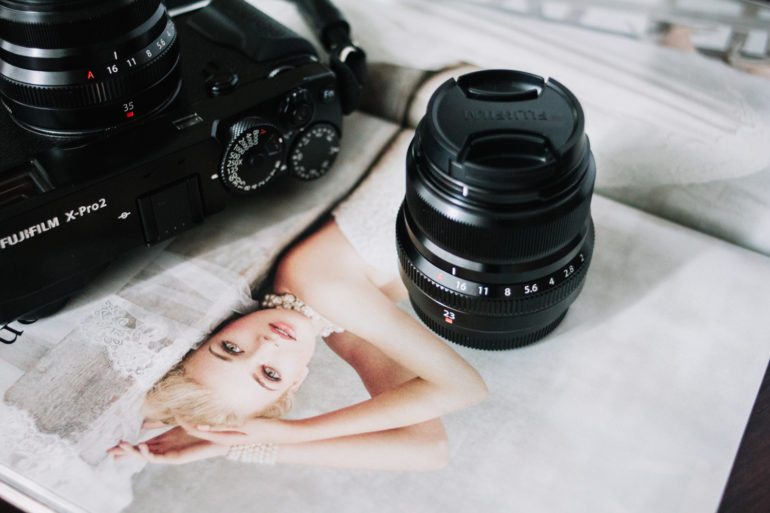
It’s tough to go wrong with either of these two Fujifilm prime lenses. Both offer incredible value for money. You’re going to get sharp images, excellent autofocus performance, gorgeous colors, and weather sealing from both for very reasonable prices. The biggest take away here is that if you plan on doing anything other than environmental portraits, I would steer you towards the Fujifilm 35mm f2 R WR. You can still use the 35mm f2 R WR for other photography genres, but you won’t have to worry about facial distortion. If you don’t plan on doing any head and shoulders portrait work, and you want an incredibly versatile lens, grab the 23mm f2.
Still not sure? Read our review of the Fujifilm 23mm f2 R WR here, and our review of the 35mm f2 R WR here. If, after reading the reviews, you are still unsure, consider renting them to get a feel for them before you drop your cash on one. If you’re ready to buy, you can pick up the 23mm f2 R WR and the 35mm f2 R WR from Amazon.


